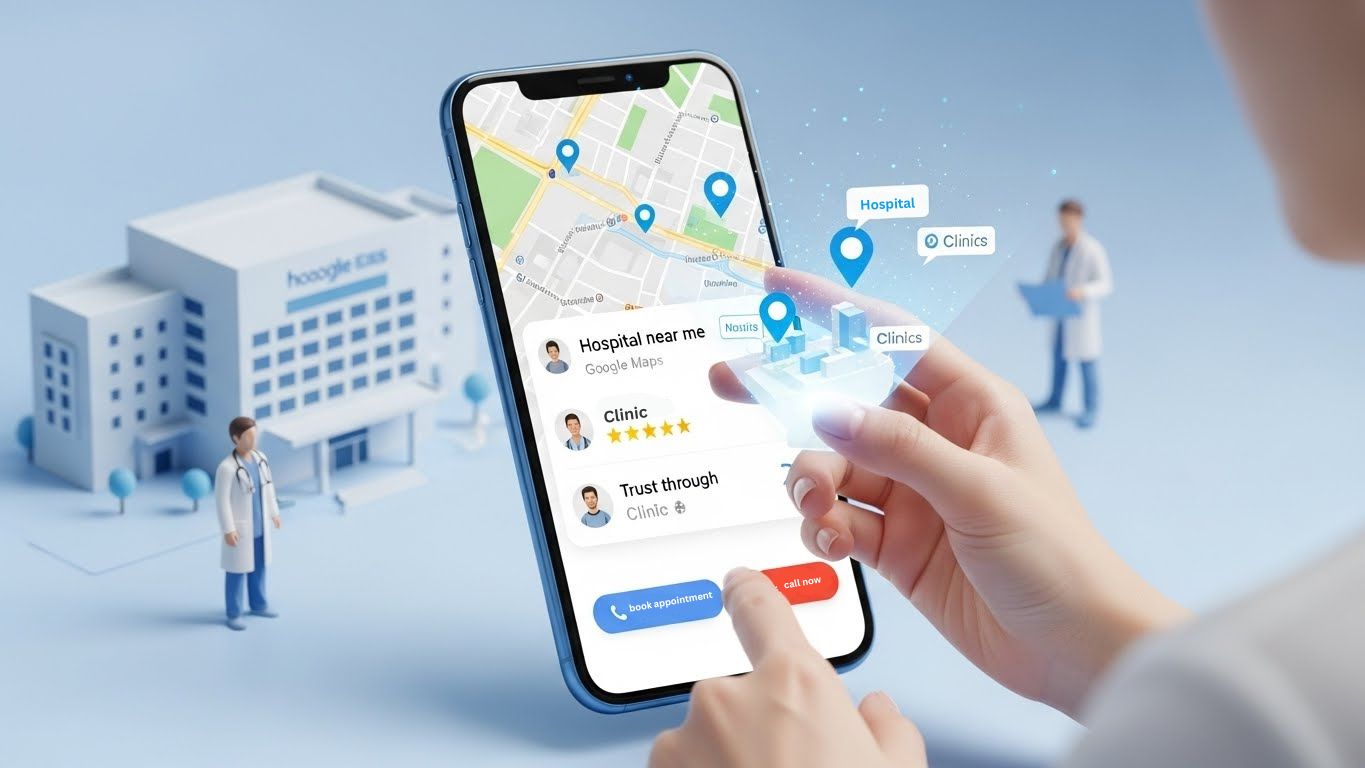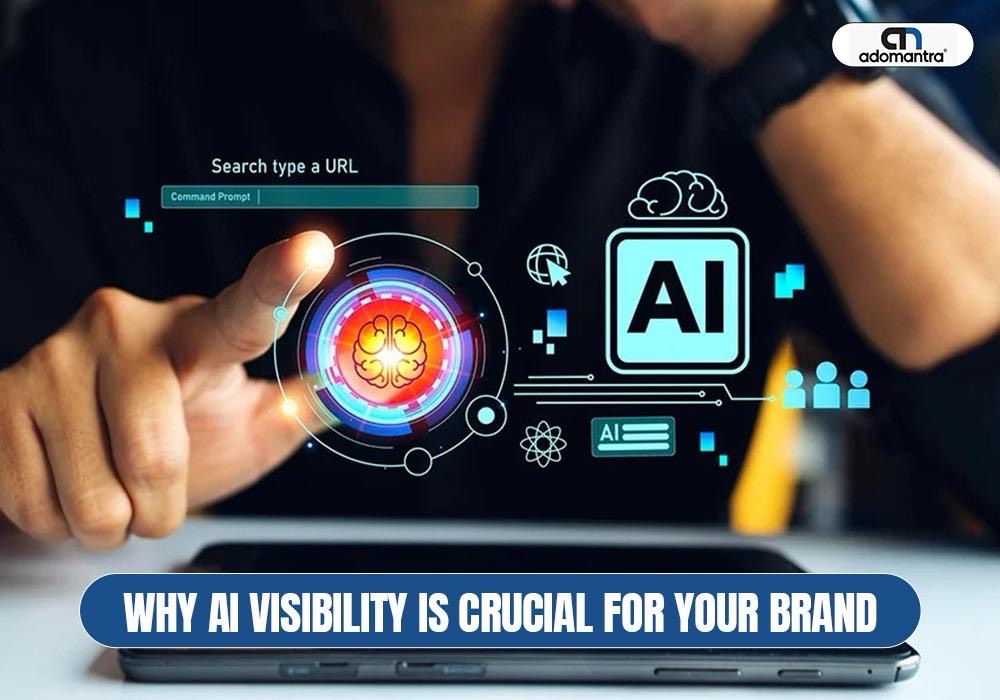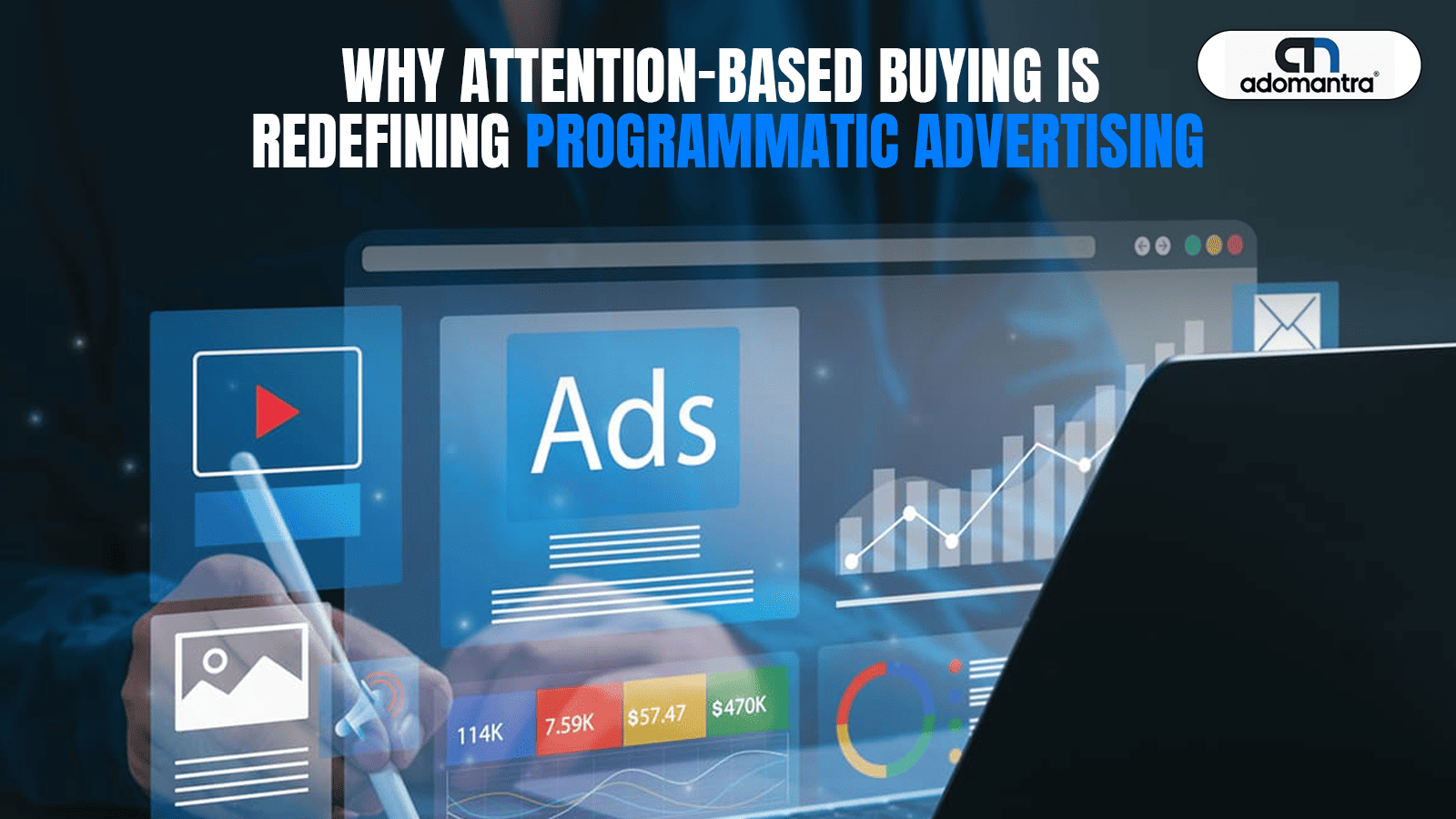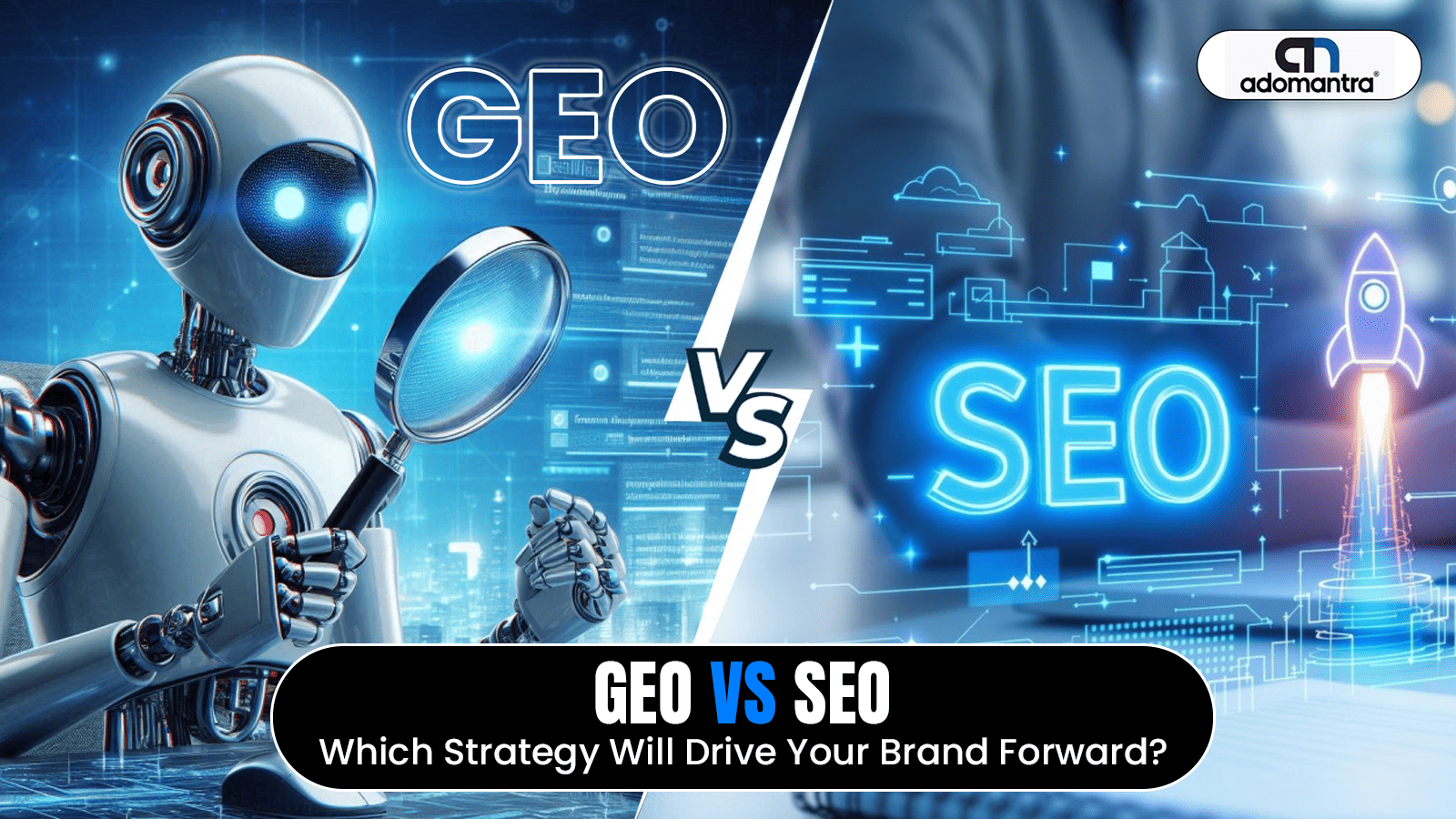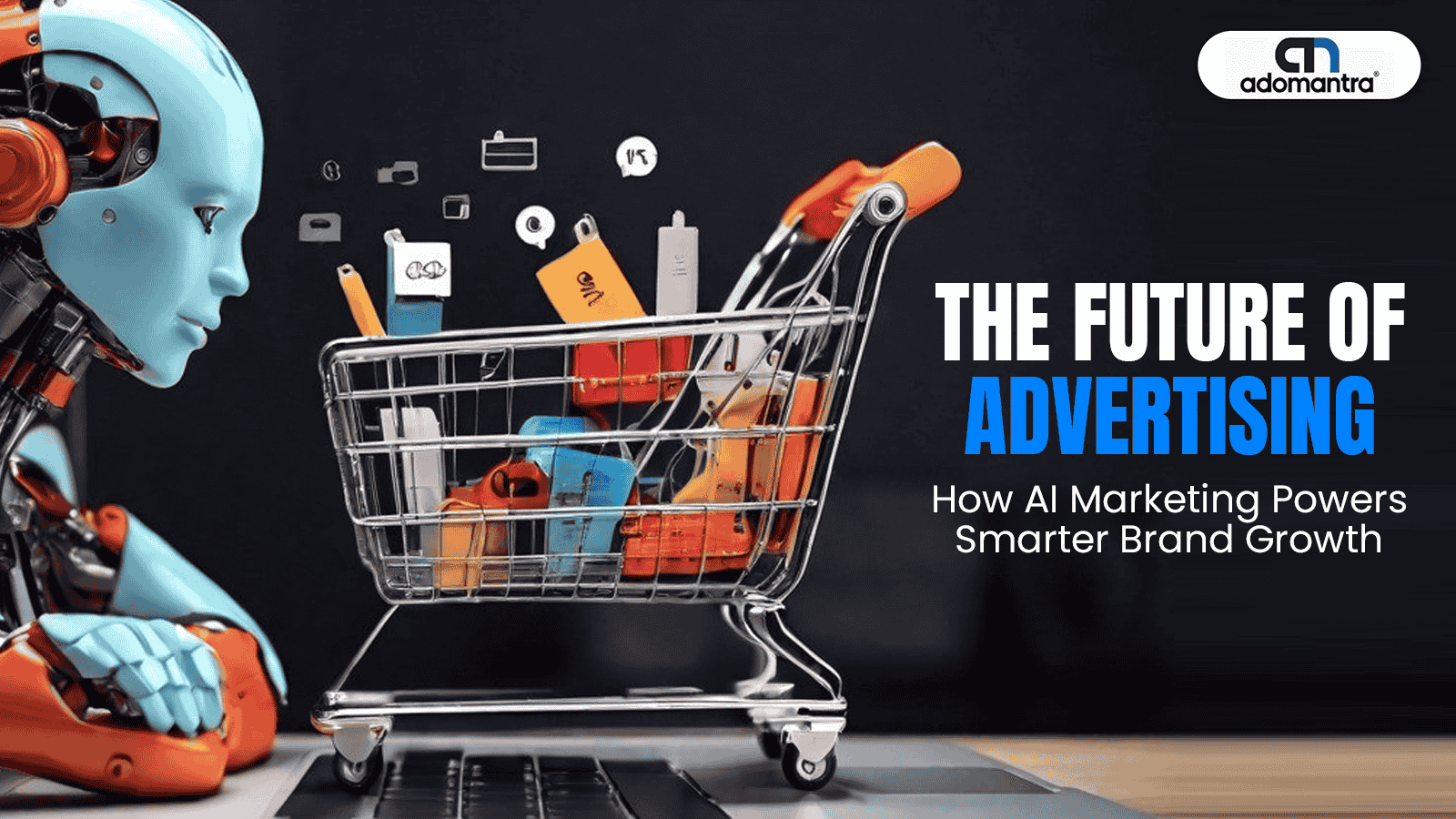
Why Brand Safety Matters in Digital Advertising—and How to Fix It Before It Hurts You
Not long ago, digital ad revenue revolved around contextual targeting. Brands jostled for premium spots next to relevant content—think skincare companies racing to land their ads beside articles on makeup tips. The logic was simple: the right message, in the right place, at the right time.
But then came the rise of programmatic advertising and behavioral targeting, turning that model on its head. Instead of picking where ads appeared, advertisers started buying access to people—based on interests, behaviours, or demographics—regardless of what content those people were viewing.
This shift created an efficiency boom, but it came at a price. Brands lost sight of where their ads were running.
The consequences hit hard in 2017, when major players like AT&T and Verizon paused their ad spend with Google. Why? Their ads had been placed next to extremist content on YouTube—content posted by groups promoting violence and hate. The backlash was swift and public. It exposed the dark side of automation in advertising and triggered a global wake-up call.
Suddenly, Brand Safety wasn’t just a nice-to-have—it became a non-negotiable. Marketers, especially in regulated sectors like education, healthcare, and finance, started demanding control again. The focus shifted from reach at all costs to relevance, responsibility, and reputation.
This marked a pivotal moment in digital advertising—one where smart brands began building safeguards, filters, and smarter partnerships to make sure their ad dollars weren’t funding the wrong narrative.
What Is Brand Safety and Why It’s a Big Deal
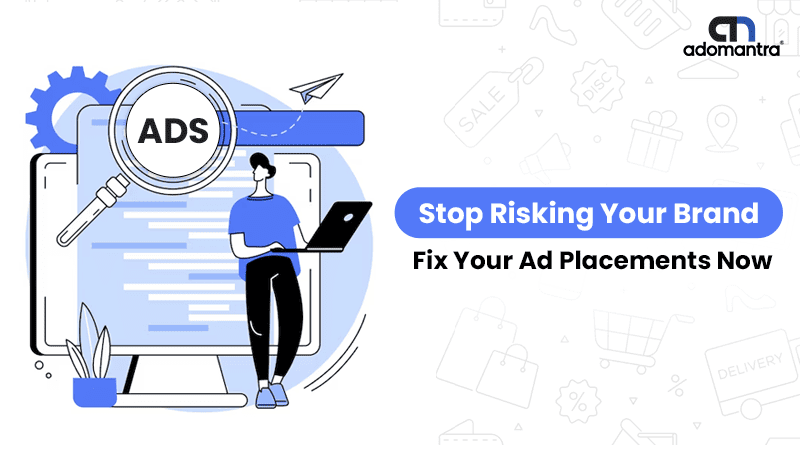
Brand safety refers to strategies and tools that ensure your ads don’t appear next to content that could harm your brand's reputation. This includes:
- Adult content (e.g., porn sites using brand names to lure clicks)
- Hate speech and extremist content
- Fake news
- Inflammatory political content
- Misleading health or financial info
Now, imagine seeing your brand’s banner on a site streaming pirated movies or hosting explicit videos. It happens more often than you'd think. According to IAS (2023), 44% of consumers say they would stop buying from a brand if they saw its ad next to objectionable content. This isn’t just a reputational issue—it’s a business risk. Every unsafe placement means wasted ad spend, eroded consumer trust, and potential legal complications.
And the data backs it up. About 7 out of 10 brands and agencies report that they—or their clients—have been exposed to brand safety risks at least once. Alarmingly, 10?ce such threats regularly. One high-profile example came during the Ukraine-Russia crisis, where ads from major American brands were found on Russian ad inventory—raising serious ethical and political concerns. In India, the situation is just as pressing: more than 70% of clients have encountered brand safety issues, highlighting how widespread and persistent the problem is across global markets.
Real Examples of Brand Safety Failures That Hurt
Let’s get specific.
1. YouTube Extremist Content Scandal (2017):
Major advertisers like PepsiCo, Johnson & Johnson, AT&T, and Verizon pulled millions in ad spend from YouTube after discovering their ads were running before extremist and hate-filled videos. According to The Times UK, these placements happened through programmatic buying, where ad platforms failed to prevent associations with violent content. This incident was a turning point that pushed Google to overhaul its brand safety policies.
2. New York Times Investigation into Ad Misplacement (2020):
A New York Times investigation found that a Chanel ad appeared on a site hosting disinformation about COVID-19, including conspiracy theories around vaccines. The luxury brand was unaware its ads were supporting misinformation until it was flagged. This raised alarms about the lack of oversight in programmatic advertising ecosystems.
3. Toyota and Nissan Ads on Inappropriate Websites (2019):
A Financial Times investigation revealed that Toyota, Nissan, and Mazda ads appeared on websites hosting adult content and pirated movies. These misplacements occurred due to lax domain exclusions and poor demand-side platform filtering. Brands were not just wasting budget—they were also unintentionally funding illegal platforms.
4. Facebook Fake News Fallout (2016–2020):
Facebook came under fire for allowing fake pages and networks to use real brand names and logos to run divisive or politically charged ads. Brands like Unilever and Coca-Cola paused Facebook ad spending as part of the “Stop Hate for Profit” campaign in 2020. The issue? Brands had no control over how their names and content were being associated with misleading or harmful narratives.
5. AppNexus Drops Breitbart (2016):
AppNexus, a major programmatic ad exchange, banned Breitbart News from its platform after multiple complaints that the site promoted hate speech and racism. Big brands had unknowingly funded Breitbart through automated ad buys until public pressure forced platforms to take action.
6. Dyson, Marks & Spencer Ads on Inappropriate Content Sites (2018):
A Guardian investigation revealed that ads from high-profile brands like Dyson, Deutsche Bank, and Marks & Spencer were found running on websites containing explicit adult material. These placements occurred through programmatic ad exchanges that failed to filter out non-brand-safe environments. The brands had no intention of appearing on such sites, but a lack of real-time monitoring and proper blacklisting led to reputational risks and public backlash.
The Cost of Ignoring Brand Safety
Still unsure? Let’s look at the numbers.
- $2.3 billion was lost globally due to unsafe ad placements in 2022 alone (Source: Juniper Research).
- 62% of marketers said they had experienced brand safety issues in the past year (Source: eMarketer).
- A brand that appears next to fake news sees a 2X drop in consumer trust, even if it’s unintentional (Source: Reuters Institute).
Brand safety in digital advertising is a business risk—not just a marketing issue. It affects brand equity, consumer loyalty, and long-term revenue.
How to Fix It—Before It Damages Your Brand
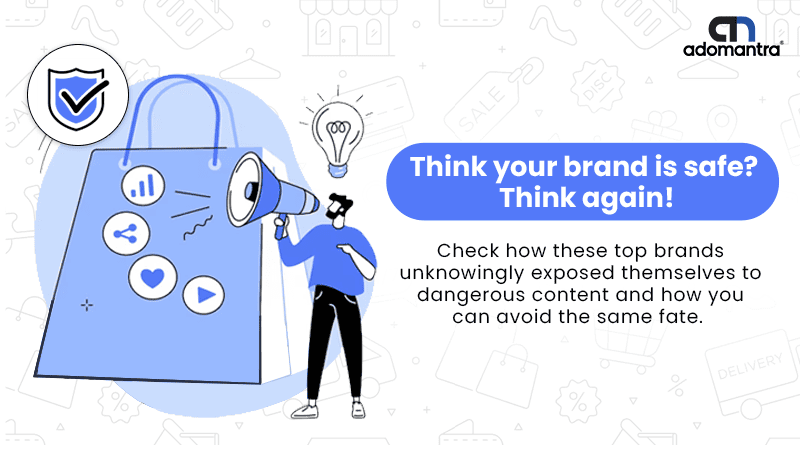
Here’s the good news: it’s preventable.
1. Use contextual targeting
Don’t just rely on keywords. Contextual tools ensure your ads appear in the right thematic content, reducing chances of unsafe exposure.
2. Partner with verified platforms
Always work with DSPs and SSPs that adhere to industry safety standards like TAG and IAB certifications.
3. Real-time monitoring
Use real-time dashboards to track where your ads are placed. Set up alerts and response protocols.
4. Blacklist unsafe domains
Maintain a dynamic blacklist. Better yet, use a managed service like Adomantra that does this at scale.
5. Whitelisting for guaranteed safety
Rather than only blocking bad sites, create a list of trusted ones. This guarantees brand-aligned exposure.
Our approach is proactive. We combine AI with human insight to ensure brand safety in every campaign. From content analysis to audience behaviour patterns, we leave nothing to chance.
How We Lead in Brand Safety in Digital Advertising
With over a decade of experience in the digital marketing space, we have been a trusted partner for businesses worldwide. Our brand-safe advertising framework includes:
- Pre-bid filtering to prevent unsafe placements before ads are served
- Post-bid auditing to track and improve campaign safety in real time
- Brand suitability mapping tailored to your unique tone, audience, and values
- Partnerships with Moat, IAS, and DoubleVerify for third-party validation
- Support for geo-targeting, audience segmentation, and platform-specific safety tools
Our clients stay in control. They reach the right audience, in the right environment, with zero compromise on safety or ROI.
We’ve helped enterprises in FMCG, BFSI, healthcare, and tech industries run high-performance, brand-safe digital campaigns. We can help you do the same.
Brand Safety vs Brand Suitability—Know the Difference
Brand safety is about avoiding harmful content. Brand suitability takes it a step further—ensuring your brand appears only in environments that align with your values.
For example, a kids' toy brand may consider violent gaming content unsuitable, even if it’s not explicitly unsafe.
We help you create these nuanced distinctions and execute them flawlessly. This way, your audience sees your brand in the right context every time.
Ready to Protect Your Brand? Let’s Talk
Your brand’s reputation is too valuable to risk on unfiltered programmatic campaigns. Work with a team that understands both performance and protection.
|
Partner with Us—a digital leader that puts your BRAND’S SAFETY FIRST. Proven expertise Let’s make your next campaign brand-safe and results-driven. For Free Consultation, Call Us @ +91-965-070-6427 |

